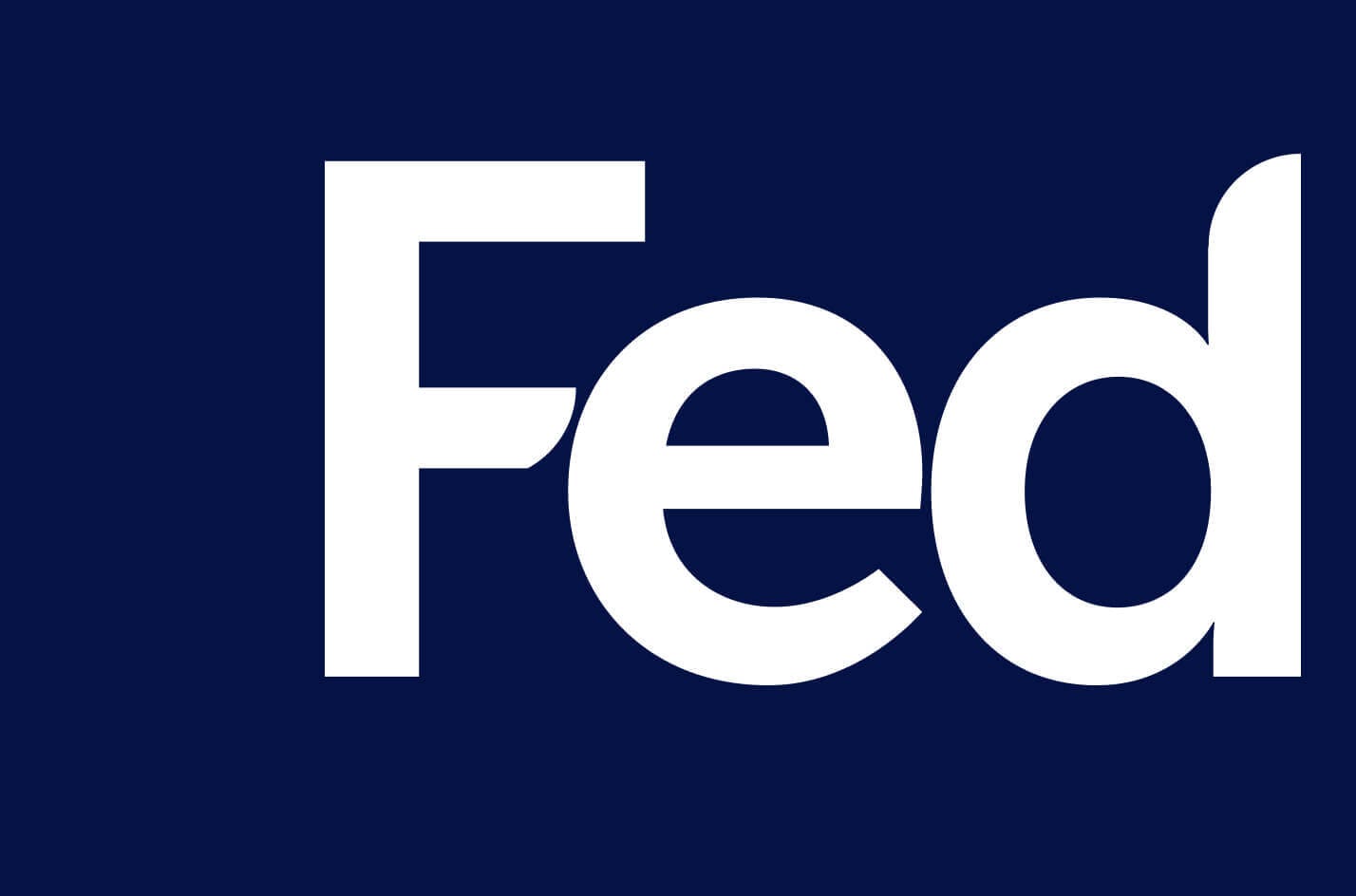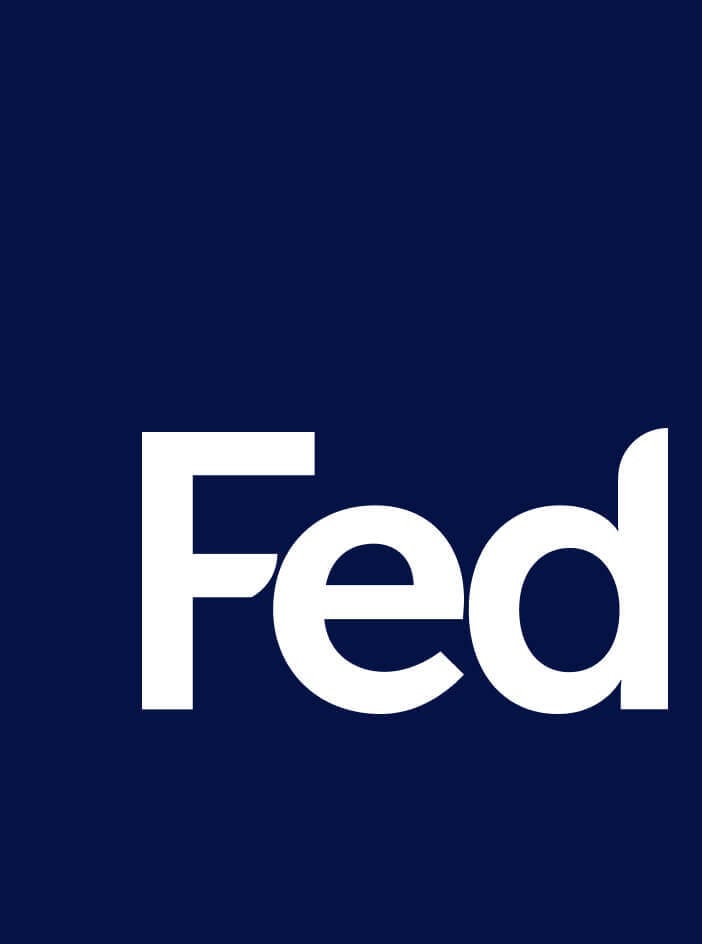Content development plan and IA

We worked with Country Fire Authority to create a dynamic content redevelopment plan and improved Information Architecture as the first step in the staged redevelopment of CFA’s website.
The brief
Country Fire Authority approached us to help improve the usability, readability and accessibility of the Plan + Prepare section of its website, to better meet the needs of CFA’s evolving audience. This vital section covers important information regarding fire safety, fire prevention and survival.
By focusing on developing a more intuitive and discoverable information architecture, and making evidence-based content optimisations, CFA will serve its audience more effectively and equip people to stay safe when fire strikes.
What we did
Working with CFA, we completed a comprehensive data review, content audit and gap analysis of the Plan + Prepare section of the website. This gave us a clear picture of the current state of the site content, its performance and where it needed bolstering. It also helped us to refine the site structure and information architecture (IA).
We then tested the IA with real users, created a comprehensive content development plan, governance plan, content models, taxonomies and content briefs to take into the next stage of the project to streamline the content development process.
How we did it
Setting up for success
Prior to our engagement, CFA had undertaken a website review to map out the changes required to improve content in the Plan + Prepare section of the website. Our first step was to get across this work.
The review contained a new draft Information Architecture and navigation changes to improve user journeys across the site, and a number of general recommendations for improving the content in terms of accessibility, usability, engagement and findability, along with some technical performance recommendations.
However, the draft IA was incomplete, and testing indicated improvements were still needed. And while we had a general roadmap for improvements, we needed to undertake a much more detailed review of the site content to get a clear view of the scope of the work required. Specifically, we needed to do a page-by-page audit to determine which content needed to be reworked and how, as well as identify any new pages which would need to be created from scratch.
We also needed to make a clear plan for exactly how to undertake the redevelopment process, and we were determined to measure twice and cut only once.
In order to gain clarity and full visibility of the scope of the work required to improve the Plan + Prepare section of the website and finalise the IA, we set about undertaking the following activities.
Site analytics review
We dug deep into CFA’s site analytics to assess how content was performing. We analysed:
site user journeys
content engagement at a granular page by page and topic section perspective
content visibility
popularity of content types
the impact of seasonality on user behaviours
differences in behaviours between users on different device types.
Through this analytics review, we found user journeys in the Plan + Prepare section are relatively short. The majority of users are searching for very specific information via a search engine, finding it, and then leaving the website. For example, people looking to conduct burn off would come to the CFA website to obtain that information but engage no further with other relevant, useful content.
From this, we knew that providing clearer and more helpful user journeys will be important for guiding users from popular pages, like burning off, to other vital and relevant information, like fire planning.

Keyword research
We then undertook thorough keyword research to uncover new and powerful content opportunities, identifying gaps in the current content where CFA could be ranking. These topics included things like fire pits, electric vehicle fires and fire extinguisher types and instructions. We also focused on discerning visitor intent based on these search queries.
The research revealed that most people thinking about fire safety are doing so in reaction to a current event and that proactive fire safety preparation was not something at the forefront of many visitor's minds. This analysis reinforced the importance of guiding the user journey to alert people conducting reactive searches of the benefits of proactive fire safety and preparation.
Content audit + gap analysis
In order to get a granular view of what needed improving, what was missing, and what needed to be done to bring the content in line with best practice, we set about a page-by-page content audit of the site.
This content audit was designed to give us an understanding of the sheer scope of the project before us, as well as a blueprint for the kind of changes required to improve the existing content to meet user needs. Not only that, but it helped inform changes to further enhance the Information Architecture.
It also laid the foundation for the content redevelopment plan; the key planning and briefing document, which is taken into Stage Two.
As part of the audit, we assessed each page for:
Readability - how simple and easy the content is to read and comprehend, based on Fleisch-Kincaid Reading Ease and Grade Level scores.
Page traffic - volume of visitors and bounce rates.
Redundancy - how relevant the content is.
Currency - how up to date the page is.
Completeness - how complete the page is.
Triviality - whether there’s unnecessary content.
Usability - how easy it is to access and use the information on the page.
Findability - how easy it is to find the content.
Actionability - does the content encourage action taking/behaviour change.
Accessibility - does the content meet global accessibility standards.
Style - how the content is designed/laid out.
The site also has a large number of PDFs, which we audited to determine if there was key information (written or visual) buried in PDFs not currently available on the page which would need to be surfaced.
Content recommendations
Based on insights gleaned from the content audit, we compiled a wide range of recommendations to improve the overall readability, usability and comprehension of the content. We made a number of recommendations related to how the information was laid out and presented, while other recommendations related to how things were written and structured.
We also covered accessibility issues, such as ensuring that text is always provided alongside interactive tools and visuals, so that even if someone isn’t able to use an interactive feature, they can still access the content in a written format.
Information Architecture design + tree testing
We took our findings from the content audit and data review to refine the way information was categorised and labelled in the site structure and then tested it with real users.
Working closely with CFA stakeholders, and guided by insights from earlier activities, we discussed and finalised the pages and topics that would be required for the site moving forward.
Our primary focus areas for this activity were to:
- ensure all relevant content topics were identified and included in the IA
- give every page an easily discoverable ‘home’ within the site’s categories and sub-categories
- review and revise the language we use for page and category titles to bring them more in alignment with user needs
- make sure the IA was flexible enough to grow as the needs of CFA and their audience evolve.
We never want to assume that we know how other people think; we want to test things with real users to ensure our plans align with their needs. So we undertook Tree Testing to stress-test our draft IA to see if the revised structure was meeting user needs.
We ran 3 separate tests, recruiting:
- 10 website users via a website pop-up on the CFA website
- 27 CFA internal stakeholders
- 20 users recruited outside of the CFA website, including some from semi-urban areas who spoke a language other than English at home—a group the CFA is keen to reach.
Participants were all asked to find a series of pages on the CFA website, and were presented with a simple tree structure, which reflected our draft IA. Testing resulted in very consistent and encouraging results, giving us the confidence to finalise the IA with a couple of relatively simple changes.

Taxonomies + content modelling
To power the next stage of content development, we also created a content model that breaks down all of our major content types, such as images, PDFs, article pages, event pages and program pages, and the attributes which form these content types, such as rich text fields, plain text fields, date and time.
We also determined various metadata categories with which to tag the content; topics like bushfires, house fires, smoke alarms, as well as audience type, locations, event type and program delivery mode.
With this data we can power smarter website features in the future and drive more effortless experiences for CFA's users, such as filtering and content recommendations. This will enable CFA to create powerful user journeys between content for their audience, introducing users to important fire safety related content which they may not have otherwise seen.
Content Development and Optimisation Plan
Using our finalised Information Architecture as a base, we created a Content Development and Optimisation Plan, to clearly identify content that should be retained, rewritten or drafted from scratch, and how—based on our initial content audit.
This robust document also mapped out the priority of each page in the IA, any media assets required, steps required to complete the content, responsible parties, deadlines, and statuses.
We also made sure to estimate the effort involved in the content development of each page of the IA, to enable clear planning and accurate resourcing. It’s also designed to help when we come to dividing up the backlog into sprints in the planning phase at the start of the next stage.
The Plan also identifies where expert knowledge or background information will be required, so we can account for all information gathering in the next stage and the resources are available when we need them.
In this way, the Content Development and Optimisation plan transforms the relatively ‘static’ IA artefact into a dynamic and important touchstone to track content development in Phase Two.
Content Governance Plan
We also collaborated closely with CFA to design workflows and processes, and to document roles and responsibilities for Phase Two. This ensures the content development process will be well-structured, achievable, clear and organised in the next phase.
In the robust, detailed Content Governance Plan, we defined roles and responsibilities for each central project team member, giving clarity around accountability for each task going into Phase Two.
We also undertook a collaborative planning process with CFA to refine our approach to content development in the next stage, based on the Content Development Plan. The outcome was a set of new processes and workflows based on a set of sprints with clearly designed milestones. Having this workflow mapped out will create efficiencies and clarity in the writing phase, providing guidance as the 160-odd pages are worked on.
As a key reference point for the writing stage of Phase Two, the Governance Plan also outlines style and accessibility guidelines, to ensure all content is developed in line with CFA’s in-house style and requirements in mind.
Content briefs
To help in the content creation phase, we also developed a set of content briefing templates for each page type, outlining the structure of each one. Creating these templates ensures anyone working on the content in stage two is following a consistent and well thought-out structure. This keeps the writing team organised, but most importantly, it results in content that performs better for website visitors.
Solution
Armed with the deep foundational work we’ve completed in this first stage, we now have a clear, validated direction to move forward into the content development phase.
This next stage will involve collaborating with key subject matter experts at CFA to develop content across the breadth of the new IA, as well as redeveloping and optimising existing Fire Safety content for readability, usability, accessibility and comprehension.
It will also involve the scripting and production of a range of media assets, including video and photography, to enhance CFA audience’s understanding, particularly among the growing multicultural communities they serve.
The overall user journey will be improved with a new, user-tested IA designed to meet known user needs and search intent. And the user experience will be enhanced through a thorough UX and UI uplift through a series of strategic page redesigns.
Impact of the work
The first stage of the project has validated CFA’s decision to undertake the redevelopment of the Fire Safety content on their website as soon as possible. It also armed them with powerful insights about how people are using their website, what they’re searching for online and how CFA can effectively respond to their queries. These insights are valuable, not just for this project, but for CFA’s broader content and communications strategy.
Through this foundational work, we’ve also given CFA a new and improved, more user-friendly, intuitive site structure and navigation to take into phase two. Because of the user testing we undertook when validating the IA, CFA can be confident the new navigation will improve users’ ability to find the information they need as well as related content they might not have thought to seek out.
Above all, we have a clear, detailed robust plan for taking the website from its current state, to a site with more accessible, readable, engaging and usable content. We go into Phase Two feeling prepared and eager to enact this transformation.
“We discovered that people don't proactively search for fire safety information, so a key to this content redevelopment project is creating user pathways from adjacent topics into the fire safety section. We’re ready to meet this challenge head on in Phase Two with our refined Information Architecture and robust Content Development Plan.”
Let's work together
Get in touch


